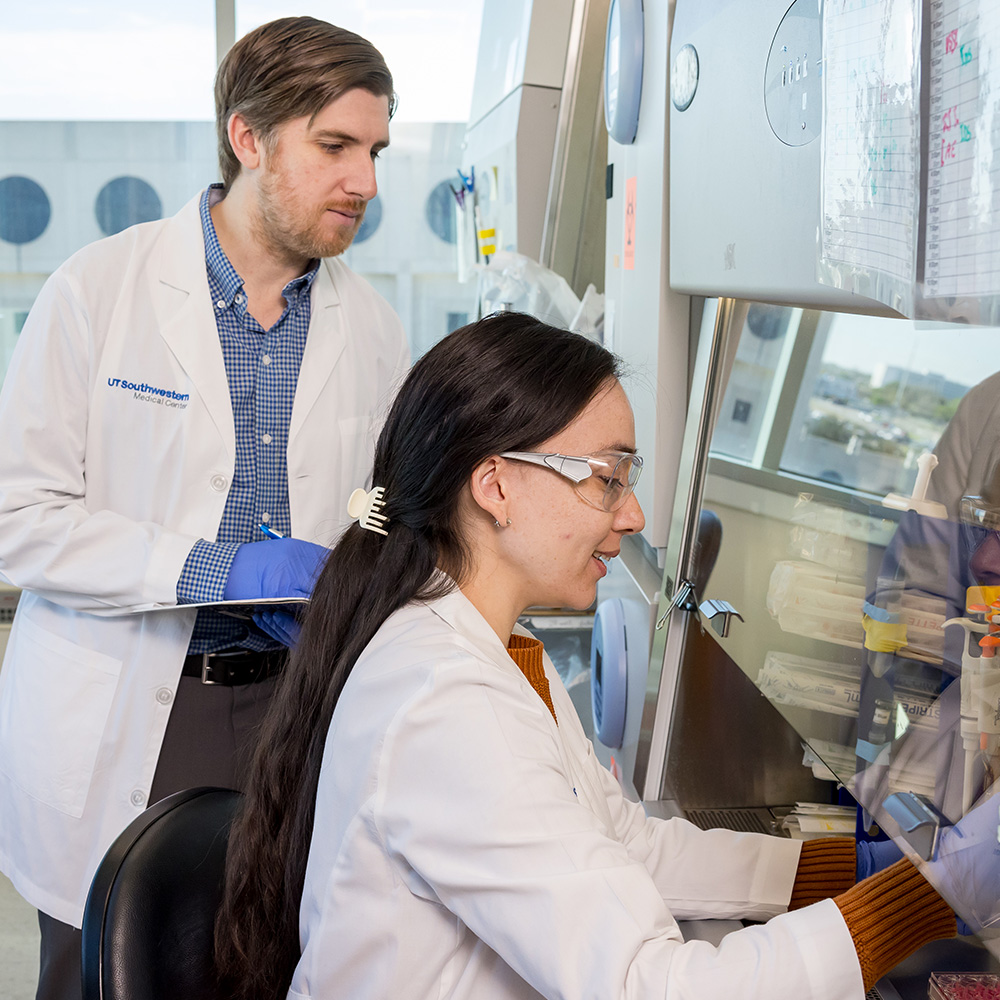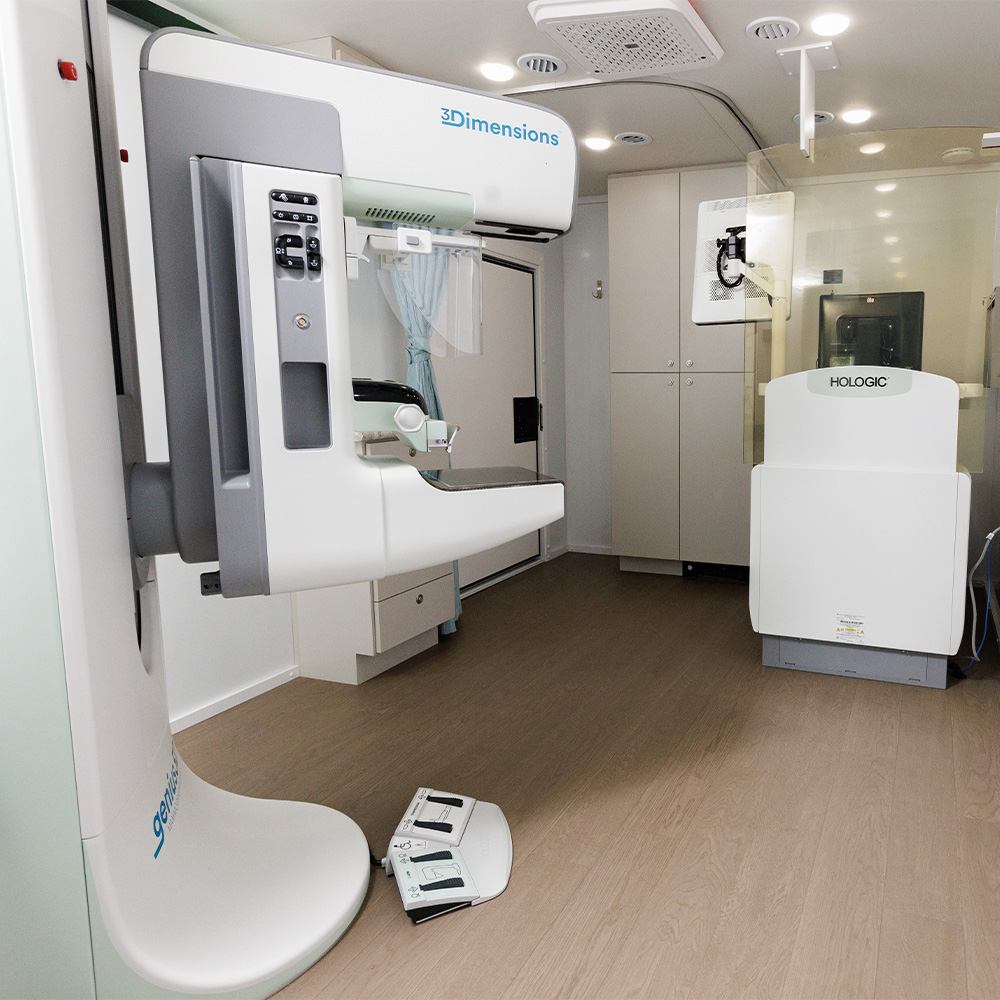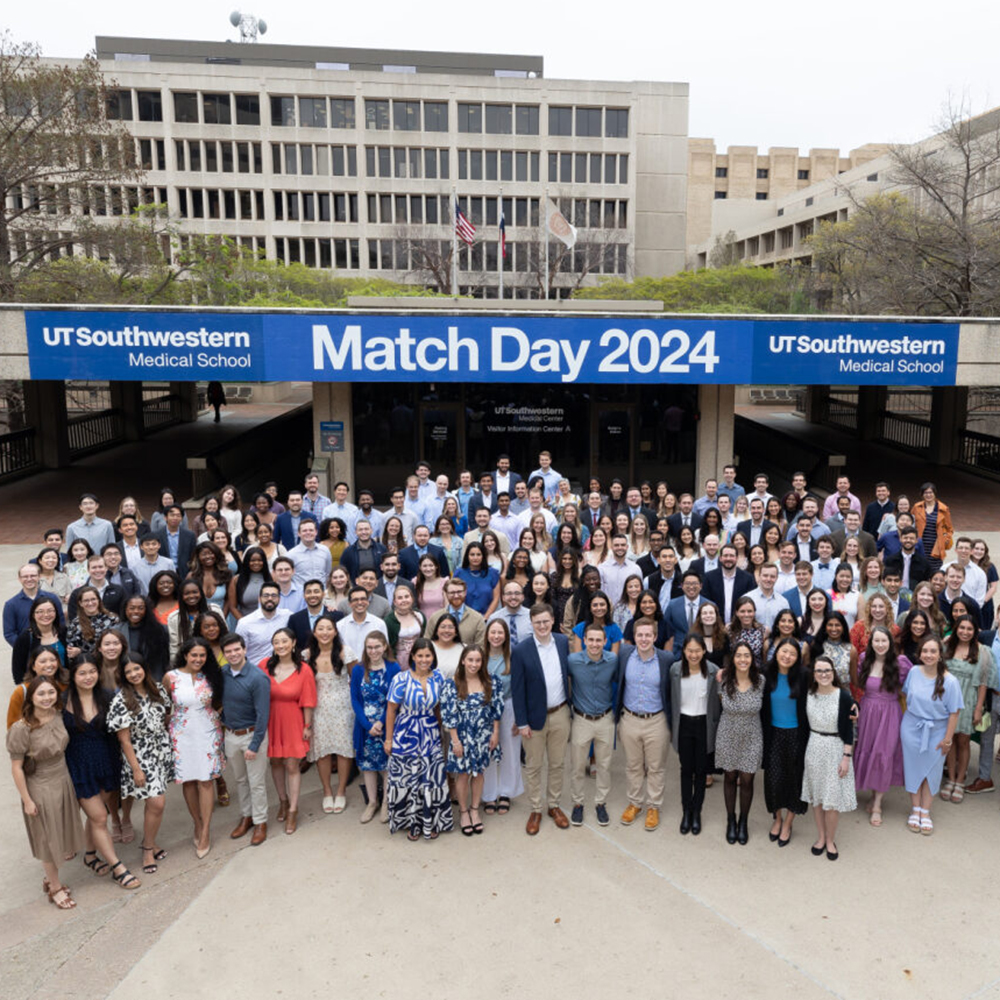UT Southwestern develops 7-minute whole-body MRI to detect cancer metastases to bone

DALLAS – Feb. 23, 2018 – Metastases to bone are a significant problem. When cancers, such as those from the breast, lung, or kidney, travel to bone, they weaken the bone causing painful fractures and at times irreparable damage.
Bone metastases occur in over 40 percent of patients with advanced breast, prostate and kidney cancers. “Along with brain metastases, bone metastases are particularly problematic,” said medical oncologist Dr. James Brugarolas, Professor of Internal Medicine and Leader of the Kidney Cancer Program at UT Southwestern Medical Center’s Harold C. Simmons Comprehensive Cancer Center.
One of the challenges with bone metastases is early detection. When bone metastases are promptly detected, they can be treated before the bone weakens and breaks. Later, bone metastases may cause fractures and in the spine, paralysis.
Another challenge is that bone metastases can occur in any bone in the body and most scans only cover particular areas such as the chest, the abdomen, or the spine.
In a study published in Magnetic Resonance in Medicine, Dr. Ananth Madhuranthakam, Assistant Professor of Radiology, reports the development of a new magnetic resonance imaging (MRI) protocol that allows improved detection of bone metastases in the whole body and takes less time than traditional MRI scans.
“We modified the MR scanner to provide information that was not available before,” stated Dr. Madhuranthakam, a physicist who developed the protocol. “The images we generate perfectly align with the body.”
The new protocol, which UT Southwestern scientists call DETECT (dual-echo T2-weighted acquisition for enhanced conspicuity of tumors), provides high-quality images of the whole body in just 7 minutes – the fastest technique to date to detect bone metastasis.
In a proof of principle study involving five volunteers and five patients with metastatic kidney cancer, the investigators identified 30 percent more bone metastases, which had been previously missed with conventional radiological approaches.
“DETECT improves signal to noise ratios and spatial resolution of bone metastases, thus more bone metastases are identified” said Dr. Ivan Pedrosa, Professor of Radiology, Director of MRI, and Co-leader of the Kidney Cancer Program. “Another advantage is that patients are not exposed to radiation,” said Dr. Ali Pirasteh, a clinical fellow working with Dr. Madhuranthakam and Dr. Pedrosa.
“DETECT has tremendous potential,” said Dr. Brugarolas, who cares for several of the patients who participated in the study. "DETECT allows treatment interventions such as surgical fixation, radiotherapy, or bisphosphonate therapy to reduce the risk of complications and improve quality of life."
Future work will involve evaluating more patients and patients with other cancers besides kidney cancer.
The study was supported in part by a Specialized Program of Research Excellence (SPORE) award from the National Cancer Institute, one of two such awards for kidney cancer in the country.
Simmons Cancer Center, the only National Cancer Institute-designated Comprehensive Cancer Center in North Texas and one of just 49 NCI-designated Comprehensive Cancer Centers in the nation, includes 13 major cancer care programs. In addition, the Center’s education and training programs support and develop the next generation of cancer researchers and clinicians. Simmons Comprehensive Cancer Center is among only 30 U.S. cancer research centers to be designated by the NCI as a National Clinical Trials Network Lead Academic Participating Site.
About UT Southwestern Medical Center
UT Southwestern, one of the premier academic medical centers in the nation, integrates pioneering biomedical research with exceptional clinical care and education. The institution’s faculty has received six Nobel Prizes, and includes 22 members of the National Academy of Sciences, 17 members of the National Academy of Medicine, and 14 Howard Hughes Medical Institute Investigators. The faculty of more than 2,700 is responsible for groundbreaking medical advances and is committed to translating science-driven research quickly to new clinical treatments. UT Southwestern physicians provide care in about 80 specialties to more than 100,000 hospitalized patients, 600,000 emergency room cases, and oversee approximately 2.2 million outpatient visits a year.





